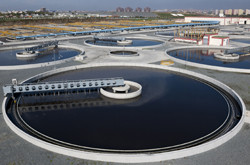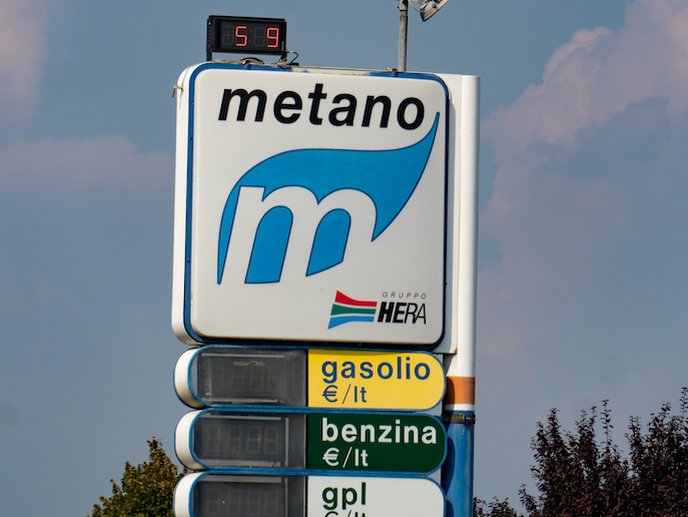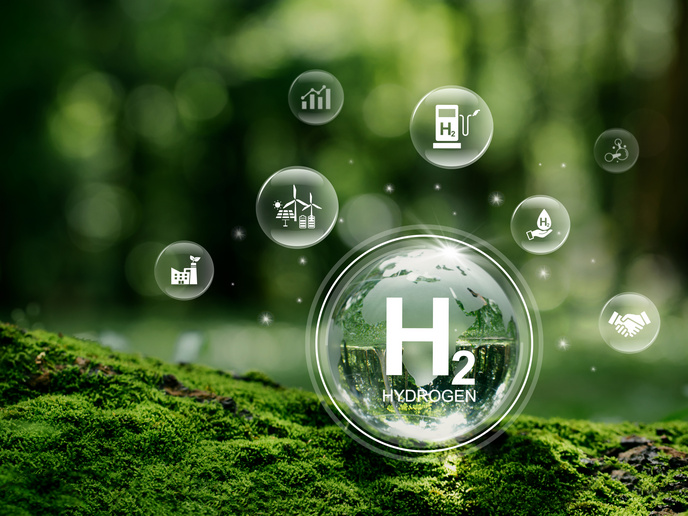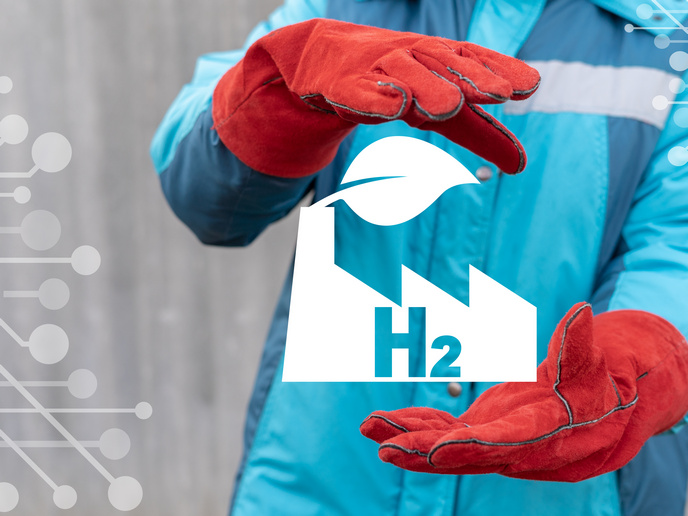Reducing energy use and nitrogen in wastewater
In regions such as Central Europe, the average temperature of wastewater is not higher than 15 degrees centigrade and can be even lower in Scandinavia. However, heating the entire wastewater stream to temperatures favourable for anaerobic digestion isn't economically viable. This problem was addressed by the EU-funded 'Biofilms in bioreactors for advanced nitrogen removal from wastewater' (BIONIT) project. The consortium studied the temperature of municipal wastewater and biofilm bioreactors for nitrogen removal, combining anaerobic and aerobic treatment technologies. Biofilms can be considered as groups of microorganisms sticking to one another on a surface. Nitritation in biofilm reactors and denitritation in reactors with granular biomass have only been demonstrated at temperatures above 25 degrees centigrade. Therefore, the nitritation and denitritation processes need to be adapted to a lower temperature and the biofilms studied in both types of reactors. This was achieved by operating a nitritation moving bed biofilm reactors at different temperatures and using different technological parameters. The reactors were operated for over a year in order to gauge their long-term performance. An alternative process was also examined through the operation of reactors for denitritation and anaerobic ammonia oxidation. Research focused on the anaerobic granular biofilm and on transport processes within it. The microbial population in the denitritation biofilm was studied using fluoresecence in situ hybridisation. This technology revealed the presence and amount of nitrite oxidising bacteria and ammonium oxidising bacteria in the biofilm grown in the reactors. Magnetic resonance imaging was used to study transport patterns and to trace bio-available nutrients within the anaerobic granular biofilm. This was important because the transport of nitrogen and oxygen are crucial for controlling nitrification and denitrification processes. BIONIT outcomes are slated to improve the ecological and economical aspects of municipal wastewater treatment in Europe. The result will be a reduction in the demand for energy from treatment plants, less excess sludge production and lower operational costs. This will help to improve both the European environment and economy.
Keywords
Wastewater, biofilm, nitrogen removal, anaerobic digestion, bioreactor, nitritation, denitritation







